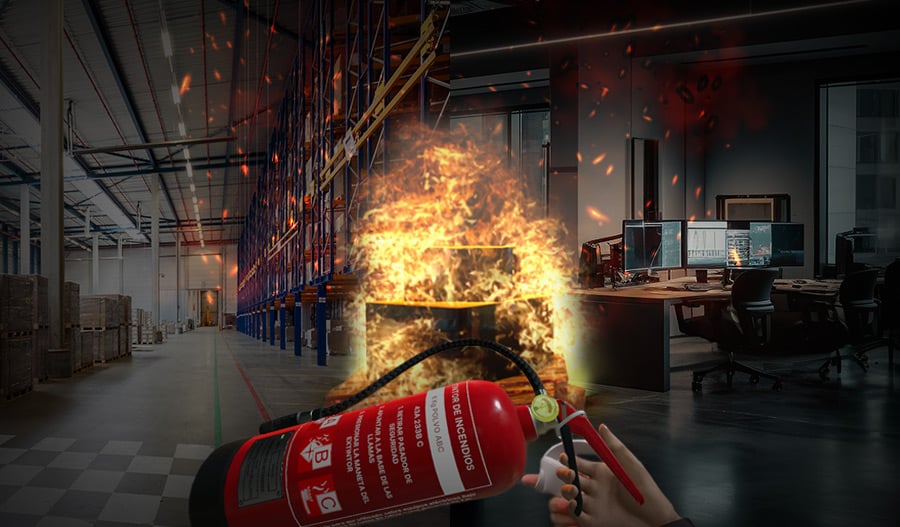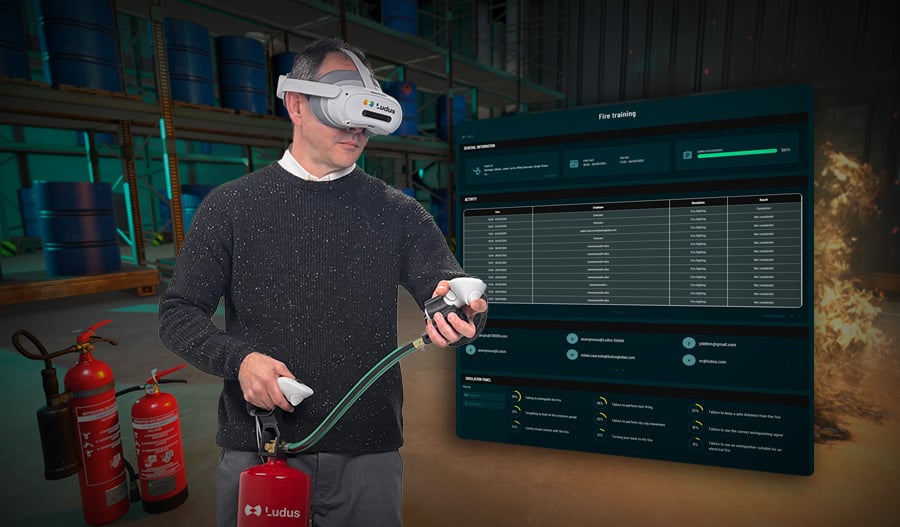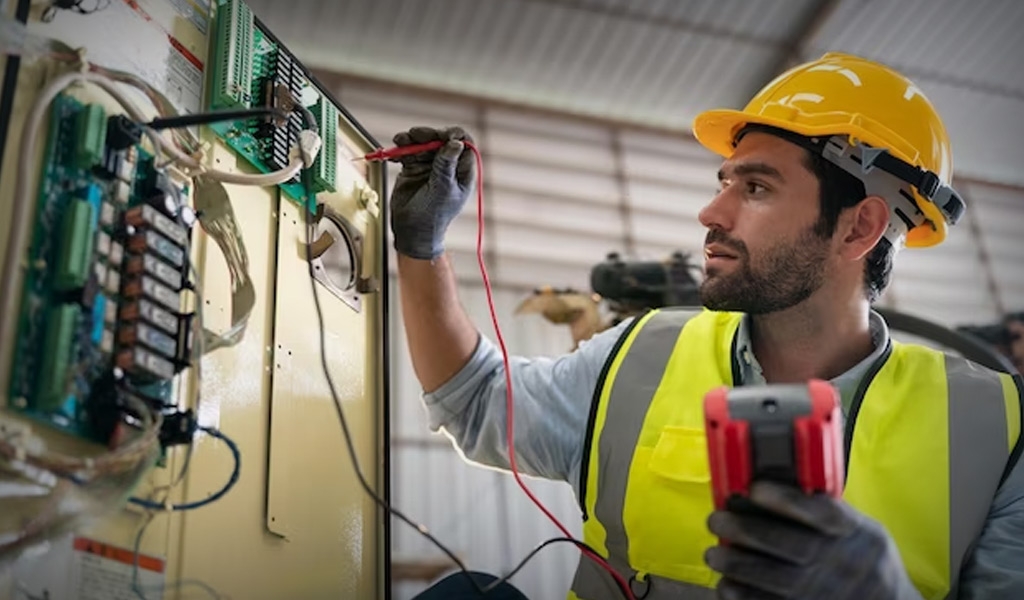The field of Health, Safety and Environment (HSE) in the UK is evolving rapidly. From new regulatory frameworks to emerging training technologies such as VR, professionals across industries are adapting—and so are their job titles.
Whether you're hiring, job hunting, or planning your career in health and safety, it's crucial to understand the most common HSE roles in the UK and how they differ. In this post, we’ll break down key job titles, explore their responsibilities, and highlight trends shaping the UK’s safety landscape.
The most common HSE job titles in the UK
HSE manager
A central figure in any organisation’s health and safety strategy. Responsible for implementing health and safety policies, ensuring legal compliance, and managing site risk assessments.
- Popular in: Manufacturing, logistics, construction.
- Key skills: Risk management, incident investigation, training oversight.
Safety manager / Health and Safety manager
A widely used title with similar responsibilities to an HSE manager, but often more focused on operational safety than environmental factors.
- Popular in: Warehousing, public sector, SMEs.
- Certifications: NEBOSH Diploma, IOSH membership.
SHEQ manager
Stands for Safety, Health, Environment and Quality. This title is gaining popularity in the UK, especially in sectors where ISO certifications are key.
- Popular in: Construction, civil engineering, infrastructure.
- Focus: Audits, integrated management systems, compliance.
Health and safety advisor / officer
A more hands-on role that supports the implementation of safety policies and monitors day-to-day compliance on site.
- Popular in: Field-based operations, energy, rail.
- Ideal for: Early-career professionals or specialists on a single site.
CDM Advisor
Specialised in Construction Design and Management Regulations (CDM 2015), this role ensures that health and safety is considered from the design phase onwards.
- Essential in: Construction and architecture firms working under UK law.
Why these titles matter for training & compliance
The title often reflects the scope of responsibility, which directly affects how training programmes are designed and delivered. For instance:
- A Safety manager may prioritise operational hazard training.
- A SHEQ manager might focus on integrated compliance training.
- An HSE director is more likely to look at safety culture change and high-level KPIs.
Understanding this structure helps you align training tools with real business needs. One of those revolutionary tools is Virtual Reality, which offers realistic scenarios to train risk situations without real danger (simulations).
The rise of immersive safety training in the UK
Across all job levels, UK safety leaders are turning to immersive learning to boost engagement and retention. Virtual reality (VR) training is no longer a futuristic idea—it’s a practical tool for:
- Improving risk perception, facing realistic hazards without real physical harm.
- Reducing training times.
- Standardising learning across sites: a single platform to deliver training in several locations or even countries.
- Making safety memorable: workers are able to experience the consequences of their mistakes, thanks to virtual accidents.
- Data-driven decisions to improve learning: VR simulations collect real-time analytics of performance. Health and safety managers can easily detect what are the most common mistakes, or even the most likely accident. Using this information, it is easier to optimise training to avoid these accidents.
At Ludus Global, we’ve seen HSE professionals across the UK—from automotive to logistics—embrace immersive learning to meet both legal requirements and employee expectations.
Looking ahead: what HSE leaders should Do in 2025
- Review your job titles and make sure they reflect evolving responsibilities.
- Benchmark your training methods—are they fit for a multi-site, multilingual, tech-savvy workforce?
- Explore immersive training options to enhance compliance and engagement.
Want to learn more?
At Ludus Global, we help HSE leaders in the UK bring safety training to life through VR simulations and real-time analytics. Our clients get unlimited access to all the simulations in our catalogue, with over 21 subjects and 500 exercises: fall protection, fire extinguishing, electrical risks, CPR, first aid, hand injury preventions, safety in construction, plant risk prevention, warehouse safety...
---------------------------------------------------------------------------
Would you like to implement Ludus' Virtual Reality in your health and safety training?
Fill out this form to receive information about the options best suited to your company's needs.













